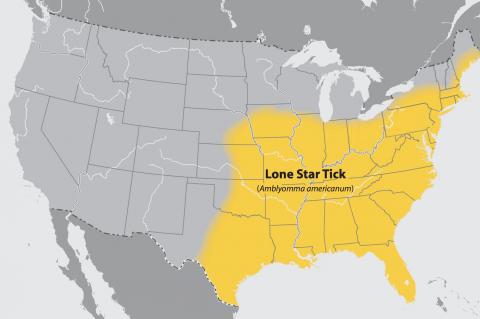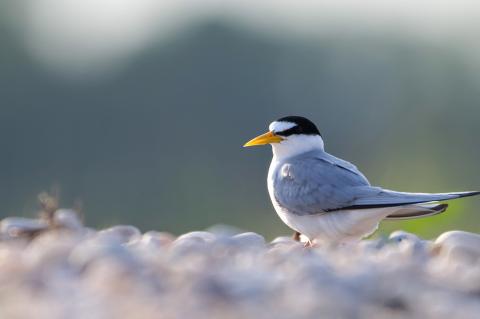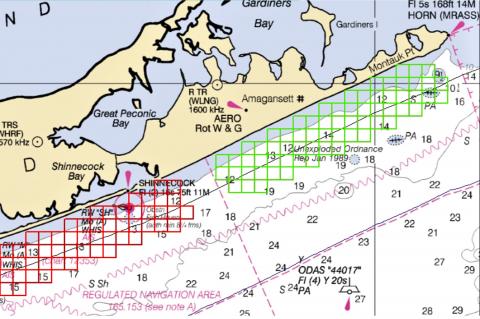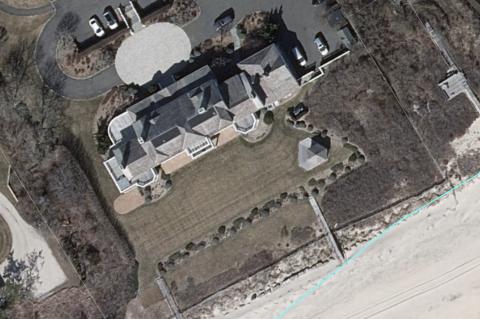For ‘Reimagined’ Landscapes
Changehampton, which describes itself as a group of alarmed East Hampton residents who “can no longer stand idle while global warming, climate change, and species collapse are escalating around us,” took its message to the town trustees on Monday.
Getting the Wording Right for Affordable Housing Proposition
With a target date of next Thursday to adopt a resolution to send a ballot proposition to the Suffolk County Board of Elections that, if passed in the Nov. 8 election, would activate a fund dedicated to the creation of affordable housing, the East Hampton Town Board and a town attorney worked to finalize the wording of the proposition and an accompanying abstract on Tuesday.
Project Most to Expand
“The timing could not be better,” Rebecca Morgan Taylor, Project Most’s executive director, said in an announcement, “as we aim to expand our services to meet the increased needs of our young people,” some of whom, who, she said, had experienced “traumatic interruptions during the pandemic.”
Some Surprising (and Comforting) News About Ticks
The lone star tick, which is far more common here than the black-legged tick, does not transmit Lyme disease, nor does it spread the very rare but scary Powassan virus. The good news stops there, though. Lone star ticks transmit ehrlichiosis, heartland disease, tularemia, Bourbon virus disease, and southern tick associated rash illness, or STARI.
Sixteen Arrests in Tax the Rich Protests
New York Communities for Change got its message across, a member of the Brooklyn-based group of activists said Tuesday, with multiple demonstrations on the South Fork between Friday and Monday. They were protesting what they say is the role of the very wealthy — the “1 percent” — in perpetuating climate change, housing unaffordability, income inequality, and the destruction of native lands.
Work Sessions and History Lessons in the Village
The East Hampton Village Board will resume public work sessions after a vote at their meeting on July 6. They will be held the first Thursday of each month, at 11 a.m., at a historic location to be determined before each meeting.
On the Wing: The Least Tern Is Most Interesting
Least terns are properly named, they’re our smallest tern, and thin. They slice through the air, buoyant and bouncy, on clipped wingbeats, patrolling the waters below. They’re very vocal. Their call is high-pitched and squeaky, with a sharp grating quality. Learn it, and you will often hear them before you see them.
Trawl Survey Begins Near Wind Farm Cable Landing Site
An East Hampton Town Trustees-commissioned study of fish migration in the vicinity of the landing site of the South Fork Wind farm’s export cable is to begin today and last approximately one week.
Icahns' Refuge From Yellowjackets Opens Pandora’s Box
The Icahns solved a yellowjacket problem by putting up a collapsible gazebo, then a permanent breakfast nook with a deck, and then a permanent gazebo. Now, some 15 years later, they're seeking retroactive approval for the replacement. Unfortunately, the spot where they like to have breakfast is in a coastal erosion hazard area and within the dune setback.
Pagination
- Previous page
- Page 13
- Next page







